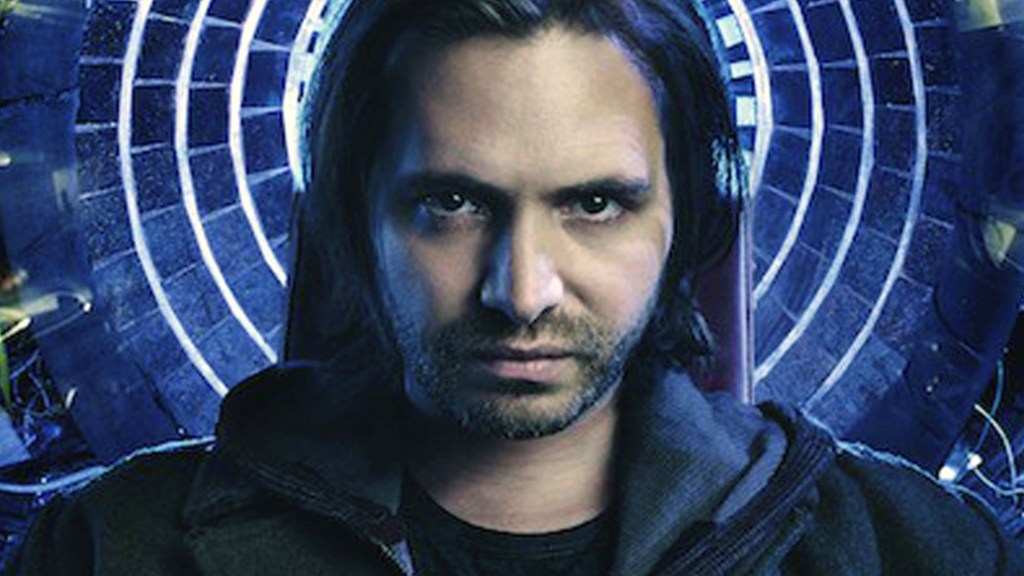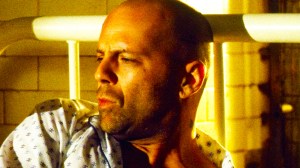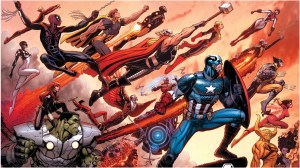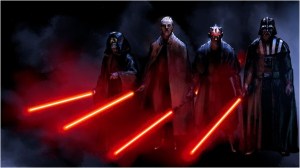Sci-fi stories can really spark thoughts and debates that carry on for generations. In fact, 2025 was marked by several sci-fi films (The Running Man) and TV shows (Pluribus) that are either direct remakes or concept reboots of sci-fi stories going back decades (or more). When sci-fi asks the right questions or challenges the right notions, it’s impossible to ignore.
Videos by ComicBook.com
Case in point: there’s one sci-fi story whose twists and themes have been so revered that it’s been told and re-told no less than 3 times in modern media. From a provocative short film to a cult-classic movie to an acclaimed TV series: no matter what format, the story of 12 Monkeys boggles fans’ minds and challenges their views, every time.
12 Monkeys’ Cinematic History, Explained

12 Monkeys began as a 1962short film called La Jetée by director Chris Marker. That 28-minute film was set in Post-WWIII France, where an unnamed protagonist, a war prisoner with a haunted past, is forced on a sci-fi-style mission to save the present. First, the man is sent to the past, where he meets a strange woman seen in his memory; next, he goes to the far future and secures technology that can revitalize his dystopian world. However, when he delivers the tech, he finds out his jailers aim to kill him as a loose end, and gets aid from his allies from the future to escape into the past. He hopes to live out his life with the strange woman from his memory, only to realize in his last moments that his childhood memory is of witnessing the death of his adult self, at the hands of agents of the future who pursued him.
Director Terry Gilliam and acclaimed screenwriter David Peoples (Unforgiven, Blade Runner), as well as his wife Janet Peoples, took the basic concept and framework of La Jetée and blew it out into a true classic piece of sci-fi filmmaking with their 1995 film, 12 Monkeys. The story was changed to reflect ’90s fears of pandemics or bio-terrorism: The future prisoner with the haunted memory, James Cole (Bruce Willis), lives in a world ravaged by a virus believed to have been released by the “Army of the 12 Monkeys.” However, when Cole is sent back in time to 1990s Philadelphia, he gets locked in a mental institution, where he unexpectedly allies with a madman terrorist named Goines (Brad Pitt), a rich man’s unstable son, and an activist who eventually reveals himself to be part of the 12 Monkeys army. After convincing his therapist that he’s not crazy and is actually from the future, Cole gets loose and tries to prevent Goines and his crew from dooming the future.
MAJOR SPOILERS FOLLOW!

Gilliam achieved sci-fi greatness with 12 Monkeys’ third-act twist: Cole finds out that Goines is really just a left-wing extremist planning to release the animals of the zoo into the wild. The real culprit turns out to be a scientist working for Goines’ father, and Cole has a chance to kill the bio-terrorist before he ever boards a plane and infects the world. Unfortunately, Cole’s traumatic childhood memory of watching a man die at the airport turns out to be his child self watching his adult self die, while failing to prevent the virus outbreak.
12 Monkeys was released in the same year as David Fincher’s Se7en; both films starred Brad Pitt and hit fans with the gut punch of tragic endings where the heroes fail and evil prevails. The mechanics of time loop causality made viewers’ heads spin. 12 Monkeys became a sci-fi story that haunted ’90s kids forever, and earned Gilliam and co. $168 million (on a $29 million budget) and 2 Oscar nominations for Pitt as Supporting Actor and the costume design. Pitt would also win a Golden Globe for his role.
The 12 Monkeys TV series ran on Syfy from 2015 through 2018. The series widened the mythology of the films, leaning much harder on the dynamic of James Cole (played by X-Men’s Aaron Stanford) jumping back and forth between past and future at different intervals. This added a whole new level of cause-and-effect time travel dynamics to the show by having Cole face drama and conflict in both the present day 2010s and the future of the 2040s, from various factions trying to either prevent or ensure events played out as destined with the Kalavirus outbreak and decimation of humanity.

The 12 Monkeys TV series also used different timelines to widen the mystery of Cole’s predestined fate. Cole (a scavenger instead of a prisoner in the show’s version) is selected for the time jump because of information recovered from the past that already confirms he is the one to make the jump. In long form, the show tapped into much deeper mystery, stringing along clues that implicate what kind of impact Cole has on the timeline, while also foreshadowing the fact that the future is what it is precisely because of Cole, his allies, and their time travel journeys. By Season 4, the show had blown out into a full-fledged sci-fi epic, with various time-traveling factions and technologies at play, as well as a very different take on the “12 Monkeys” concept.
Obviously, the 12 Monkeys TV series could never touch the greatness of Terry Gilliam’s film; that said, the show was more of a traditional sci-fi time travel saga, which still entertains fans of the genre who check it out. On the whole, the sci-fi legacy of 12 Monkeys is still holding strong, and fans have at least three ways they can check it out.
You can stream 12 Monkeys (1995) on Sling TV. The TV series is available to purchase on digital platforms.









